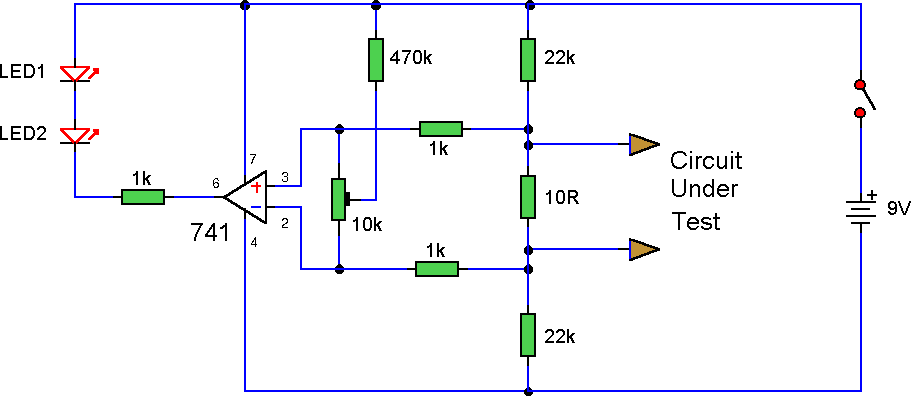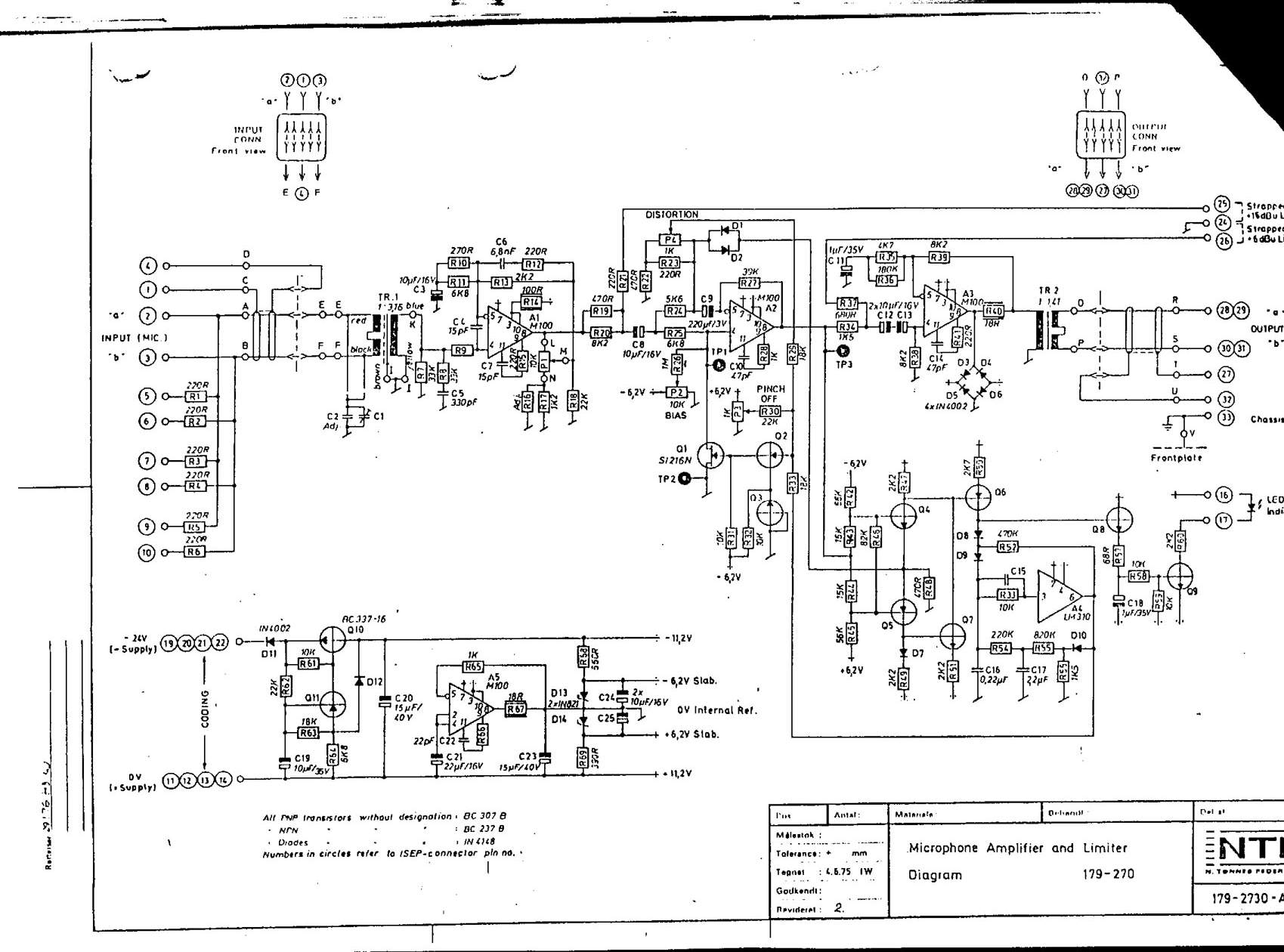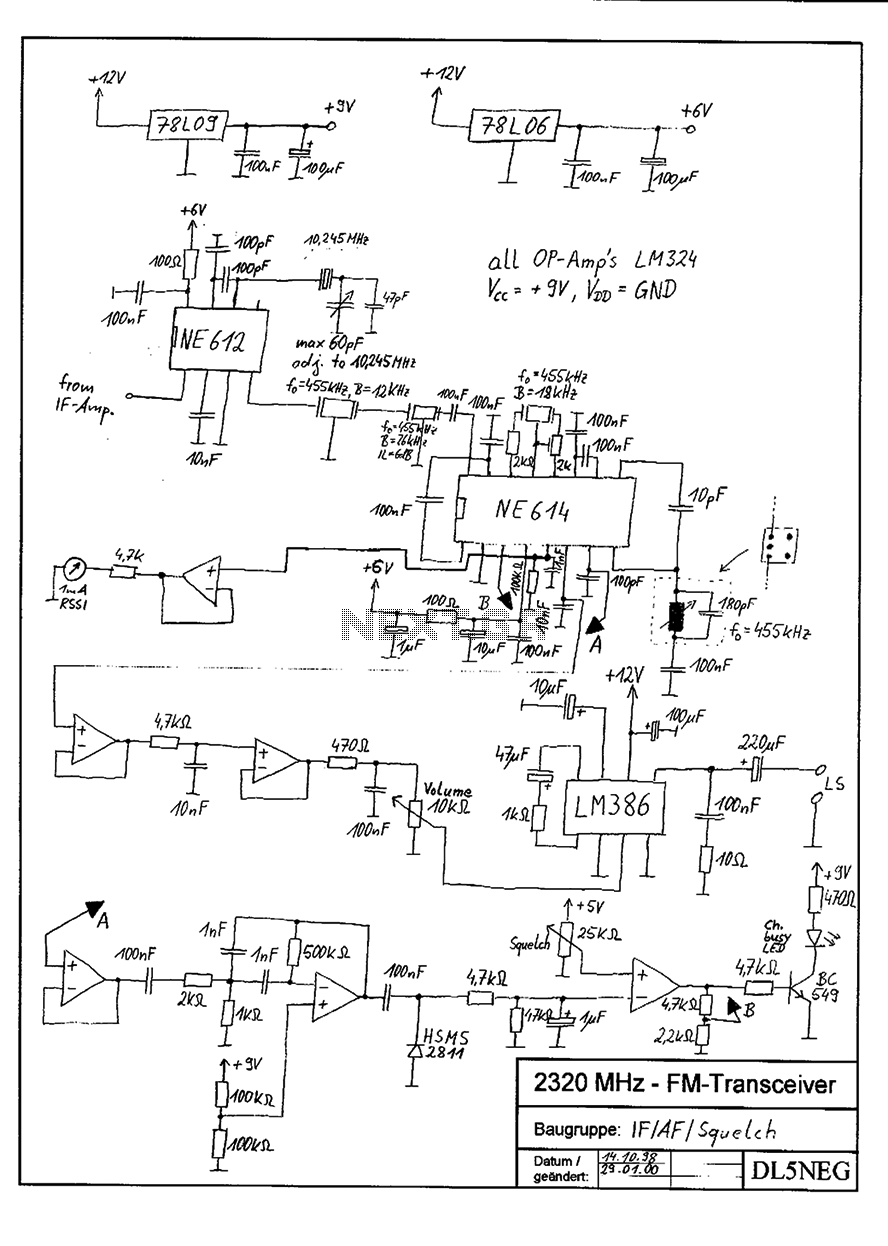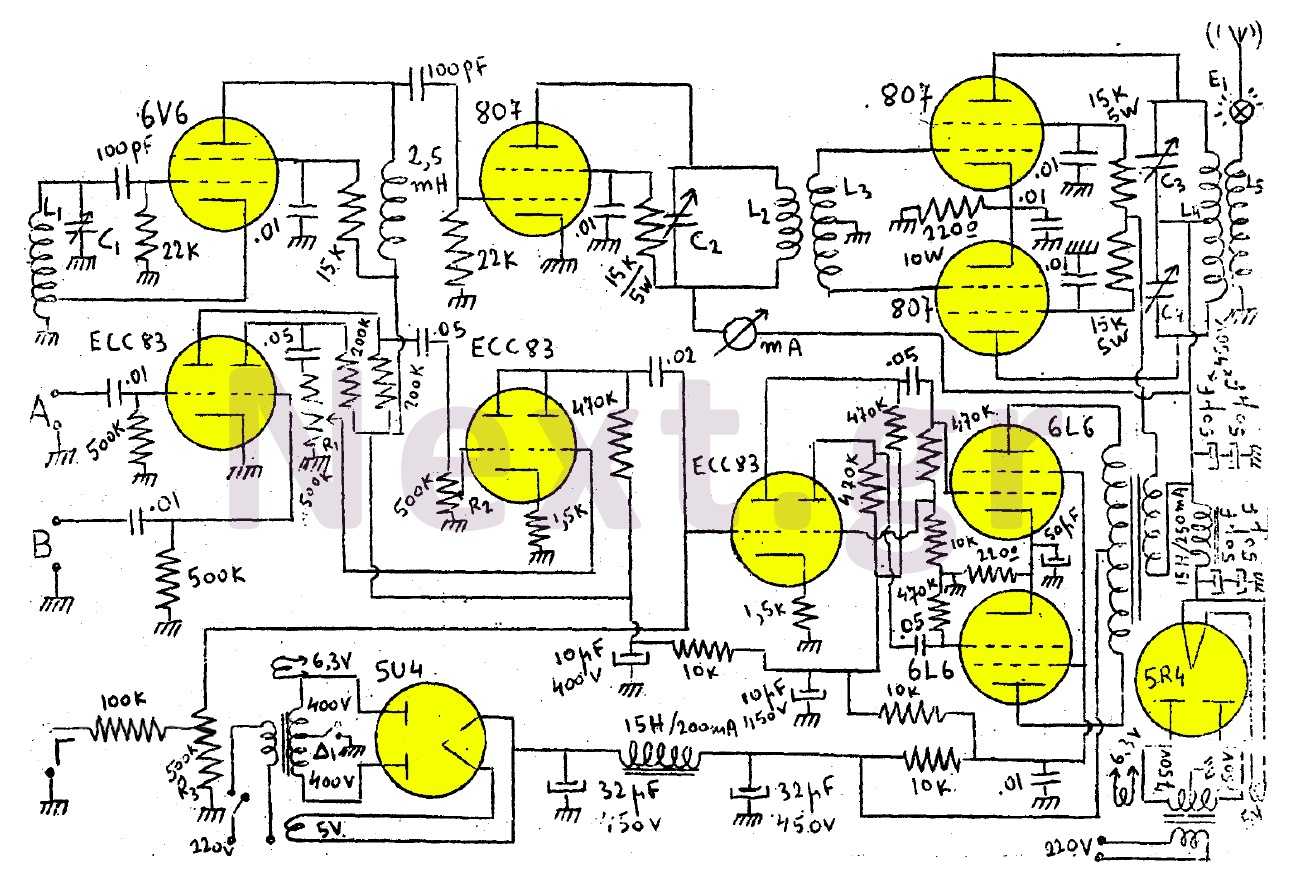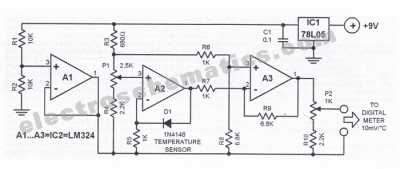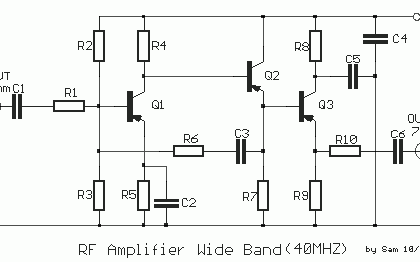
valve radio circuits schematics
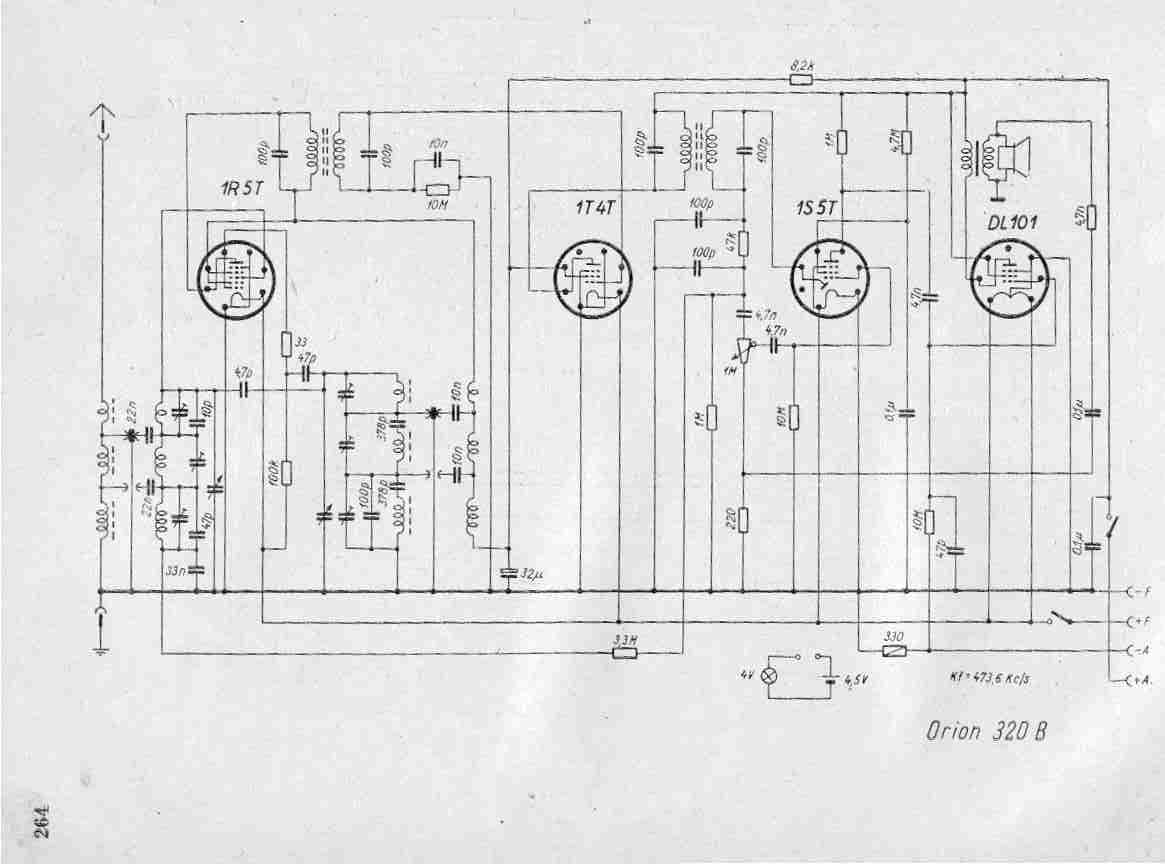
Create a repository of circuits and service data for vintage valve and transistor radios. While many resources are available online, they often come at a cost. The intention is to share circuits and manuals with others rather than profit from them. Appreciation is extended to those who have contributed by submitting manuals, and continued contributions are encouraged. Mullard formed a partnership with Philips in 1927, and Philips retained the Mullard brand name until 1988. This may lead to situations where a Philips manual exclusively references a Mullard radio, or vice versa. Additionally, confusion can arise with other brands; for instance, downloading a manual for an HMV radio may yield a Marconi manual, which could actually be the correct reference. Similarly, searching for an Ekco A144 radio might direct one to the manuals for the Ekco A104 and U109 due to similarities or identical chassis designs. It is advisable to review the manual thoroughly before dismissing it as incorrect.
The initiative to compile a library of circuits and service data for vintage valve and transistor radios serves as a valuable resource for enthusiasts and restorers of classic audio equipment. The repository aims to provide free access to circuit diagrams, service manuals, and technical specifications, fostering a community-driven approach to preserving the history of radio technology.
The historical context of Mullard's partnership with Philips highlights the evolution of branding and product identification in the radio industry. This collaboration, which lasted from 1927 until 1988, resulted in a variety of shared designs and cross-references between the two brands. Users should be aware that when searching for service manuals, discrepancies may occur due to this shared history. It is common for manuals to be misattributed or for models to be listed under different brand names, necessitating careful examination of the content to ensure the correct manual is utilized for repairs or restorations.
The mention of potential confusion with other brands, such as HMV and Marconi, illustrates the importance of familiarity with different manufacturers and their product lines. The practice of reusing chassis designs across models, as seen with the Ekco A144, A104, and U109 radios, further complicates the search for accurate documentation. This phenomenon emphasizes the need for a thorough review of available manuals, as they may contain critical information applicable to multiple models.
In conclusion, the creation of a shared library for vintage radio circuits and service data not only aids in the repair and restoration of these devices but also promotes collaboration and knowledge sharing within the community. Users are encouraged to contribute their own findings and resources, ensuring the library remains a comprehensive and accessible tool for all enthusiasts of vintage radio technology.Build a library of circuits and service data for old valve and transistor radios. There are many available on the internet, but at a price. I would rather share my circuits and manuals with others than try to make money out of them. Thanks to all those who have contributed by sending in manuals. Please, keep them coming. Mullard form ed a partnership with Philips in 1927. Philips continued to use the brand name `Mullard` until 1988. This is why you might find that a Philips manual only lists the Mullard radio, or vice versa. Mullard and Philips weren`t the only ones to confuse things. If you download a manual for an HMV radio, for example, and you get a Marconi manual, it`s probably the one you`re looking for. You will also find, for example, that the listing for an Ekco A144 radio brings up the manual for the Ekco A104 and U109.
In this case, the chassis are similar or identical. Do look through the manual before discarding it as incorrect. 🔗 External reference
The initiative to compile a library of circuits and service data for vintage valve and transistor radios serves as a valuable resource for enthusiasts and restorers of classic audio equipment. The repository aims to provide free access to circuit diagrams, service manuals, and technical specifications, fostering a community-driven approach to preserving the history of radio technology.
The historical context of Mullard's partnership with Philips highlights the evolution of branding and product identification in the radio industry. This collaboration, which lasted from 1927 until 1988, resulted in a variety of shared designs and cross-references between the two brands. Users should be aware that when searching for service manuals, discrepancies may occur due to this shared history. It is common for manuals to be misattributed or for models to be listed under different brand names, necessitating careful examination of the content to ensure the correct manual is utilized for repairs or restorations.
The mention of potential confusion with other brands, such as HMV and Marconi, illustrates the importance of familiarity with different manufacturers and their product lines. The practice of reusing chassis designs across models, as seen with the Ekco A144, A104, and U109 radios, further complicates the search for accurate documentation. This phenomenon emphasizes the need for a thorough review of available manuals, as they may contain critical information applicable to multiple models.
In conclusion, the creation of a shared library for vintage radio circuits and service data not only aids in the repair and restoration of these devices but also promotes collaboration and knowledge sharing within the community. Users are encouraged to contribute their own findings and resources, ensuring the library remains a comprehensive and accessible tool for all enthusiasts of vintage radio technology.Build a library of circuits and service data for old valve and transistor radios. There are many available on the internet, but at a price. I would rather share my circuits and manuals with others than try to make money out of them. Thanks to all those who have contributed by sending in manuals. Please, keep them coming. Mullard form ed a partnership with Philips in 1927. Philips continued to use the brand name `Mullard` until 1988. This is why you might find that a Philips manual only lists the Mullard radio, or vice versa. Mullard and Philips weren`t the only ones to confuse things. If you download a manual for an HMV radio, for example, and you get a Marconi manual, it`s probably the one you`re looking for. You will also find, for example, that the listing for an Ekco A144 radio brings up the manual for the Ekco A104 and U109.
In this case, the chassis are similar or identical. Do look through the manual before discarding it as incorrect. 🔗 External reference
